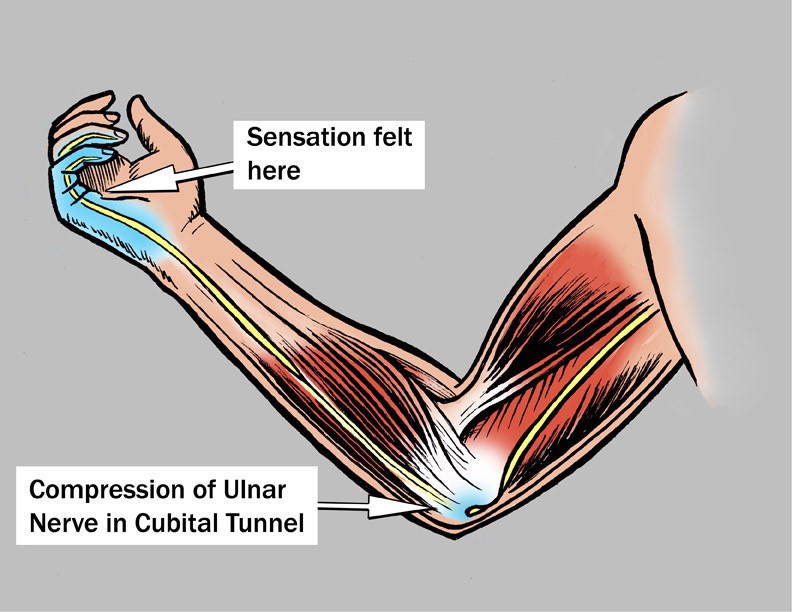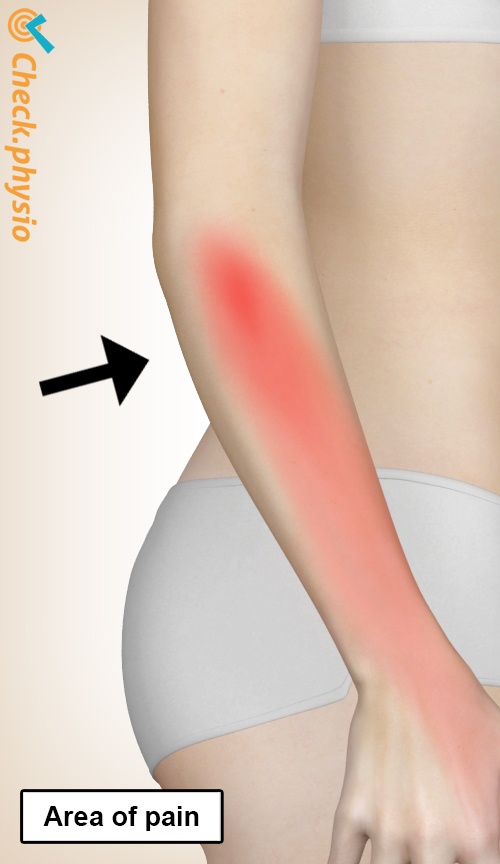Table of Content
Discover MyChart, a free patient portal that combines your Baptist Health medical records into one location. Schedule appointments, review lab results, financials, and more! Poorly fitting shoes can also be a source of pressure or rubbing on the nerve. Tarsal tunnel syndrome is characterized by a number of symptoms.

To prevent frozen shoulder , range-of-motion exercises during the post-operative phase should also target the elbow, wrist, and shoulder. Opioids of Radial Nerve Entrapment is recommended for no more than one week, to control radial nerve pain following surgery. Radial nerve entrapment is thought to be a relatively uncommon disorder, 30 to 100 times less frequent than carpal tunnel syndrome.
Tarsal Tunnel Syndrome
Radial tunnel syndrome is a disease which we should consider it in elbow and forearm pains. It is diagnosed with lateral elbow and dorsal forearm pain may radiate to the wrist and dorsum of the fingers. The disease is more prevalent in women with the age of 30 to 50 years old. It occurs by intermittent compression on the radial nerve from the radial head to the inferior border of the supinator muscle, without obvious extensor muscle weakness. Compression could happen in five different sites but the arcade of Frose is the most common area that radial nerve is compressed.

Radial tunnel syndrome occurs when the radial nerve becomes pinched or compressed. Symptoms might include a dull ache or pain in the arm, limited mobility, and weakness. The radial tunnel is defined as a five-centimeter potential space in the dorsal aspect of the forearm extending from the level of the radiocapitellar joint to the proximal edge of the supinator. It is bordered laterally by the brachioradialis, ECRL, and ECRB muscles. The medial border consists of the biceps tendon and brachialis muscle.
IV Treatment & Hangover
Radial tunnel syndrome can cause pain and weakness in your arm. It can make everyday activities like lifting objects or using your wrist difficult. Six weeks after your procedure, you can begin practicing strength-building exercises for your forearm and hand, like squeezing silly putty, under a therapist’s supervision. During this recovery phase, you need to avoid lifting and other activities that require you to bend your arm at the elbow. In the final stage, your therapist will add exercises to stabilize and strengthen your wrist, elbow and shoulder, and to improve fine motor control in your hand. The best way to treat this condition is to stop, or drastically reduce, the activity that causes your symptoms.
In advanced cases, the muscles that straighten the thumb and fingers become weak. MRI studies may show muscle edema or atrophy along with the distribution of the posterior interosseous nerve. Radial tunnel syndrome also causes weakness in the muscles of forearm. Compression of radial nerve in the radial tunnel of elbow joint can result in fatigue in muscles on the back of forearm where the nerve innervates.
Surgical treatment
Recovery involves rest and physical therapy that begins with small exercises, massages, and stretching. Initial treatment begins with avoidance of muscular activities that aggravate the symptoms. This includes action involving forceful repeated wrist and finger extension with supination. An extensor tenodesis splint or splinting with the wrist extended, the forearm supinated, and the elbow flexed may be effective. The anterior approach to the radial tunnel is helpful when concomitant radial nerve compression proximal to the elbow is identified or suspected. An MRI can help further evaluate if this clinical scenario is suspected.
Using your other hand, pull back on your fingers, until you feel a stretch in your forearm. Post-surgery care can include medication, rest, and wearing braces and splints. The conventional forms of treatment are rest, ice, and heat, which prevent inflammation and increase blood flow in the region.
How to Diagnose Radial Tunnel Syndrome?
The variety of treatment options for tarsal tunnel syndrome often bring relief. One key is diagnosing the condition early, before nerve damage accumulates and when treatments are most effective. Other symptoms are the inability to engage in physical activities such as lifting things, carrying items, and engaging in sports. Pain while throwing something, engaging the arms for quick actions such as pulling and pushing, fatigue during driving or riding, cooking, writing, and typing can all be symptoms of Radial Syndrome. This releases pressure on the radial nerve and allows more space. Some suggest that muscle tightness can increase pressure upon the affected nerve.

By stabilizing the bones and soft tissues in the affected area, braces can help prevent further injury to the hand and fingers. This can ultimately help preserve range of motion and prevent deformity. It is sometimes possible to prevent tarsal tunnel syndrome, if potential causes are identified and dealt with proactively. For example, wearing work-appropriate footwear or an orthotic brace can support the foot and ankle without placing undue stress on the tarsal tunnel and the posterior tibial nerve. If left untreated, tarsal tunnel syndrome can, in extreme cases, lead to nerve damage and permanent disability.
These Workers Compensation Board guidelines are intended to assist healthcare professionals in making decisions regarding the appropriate level of care for their patients with ankle and foot disorders. If the treatments mentioned above don’t work for an individual and the condition is getting severe. They may also recommend you to wear an arm split at the night. It will help you to keep your arm in a manner that prevents the nerve from getting pinched. Work or sports that constantly need the wrist-twisting motion.
Avoid repeated use of wrist in twisted motion, for example while using a screw driver. Low-Level Laser TherapyLow-Level Laser Therapy is not recommended for radial nerve that is acute, subacute, or chronic entrapment. Right radial nerve decompression for refractory radial tunnel syndrome. Sit with your legs outstretched in front of you and your back straight. Place your affected arm across your body at chest level, with your elbow bent and your hand pointing toward the floor on the opposite side of your body.
Compression of the radial nerve results in Radial Tunnel Syndrome. In comparison to Cubital Tunnel Syndrome and Carpal Tunnel Syndrome, Radial Tunnel Syndrome is the least common of the three. It plays the role of controlling the movement of the muscle in the upper arm.

No comments:
Post a Comment